Don't wanna be here? Send us removal request.
Text
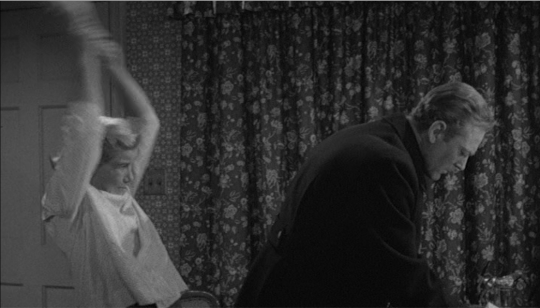
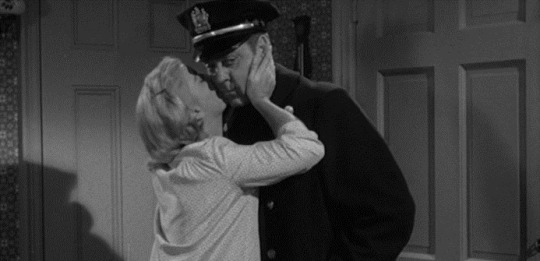
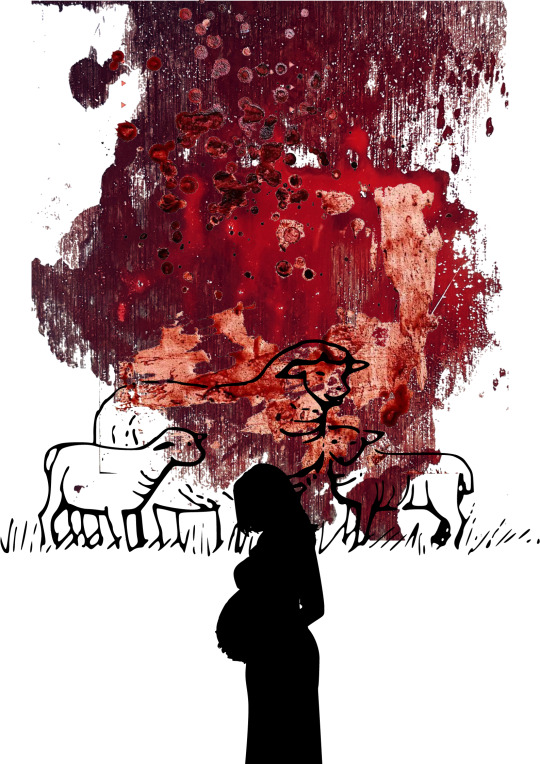
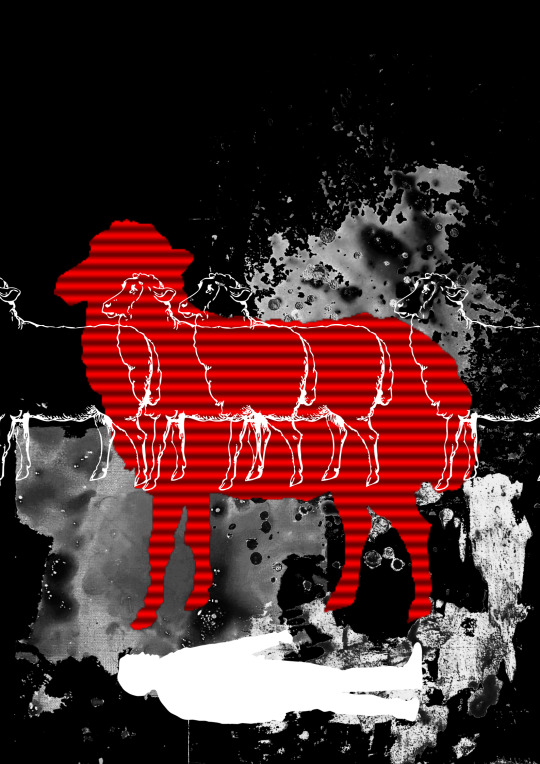
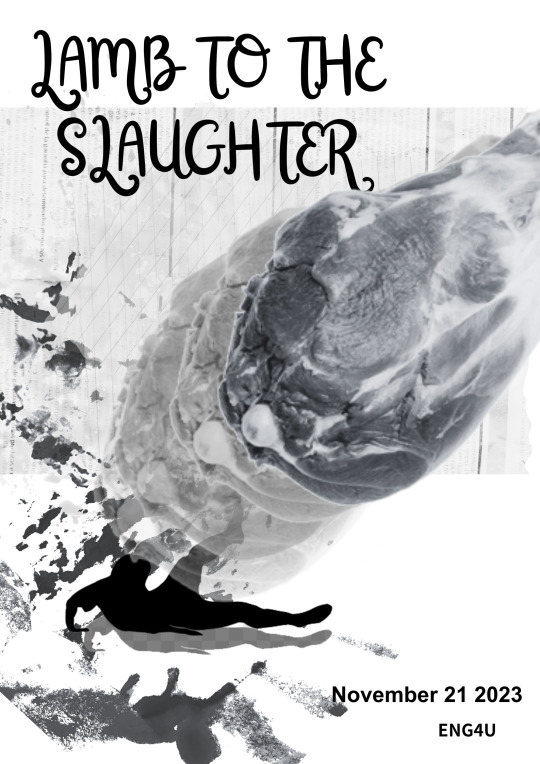
Lamb to the Slaughter written by Roald Dahl, is a short story that is fascinating and famous, also has a contact in fact and has several different central themes like discussion on Criminology. Because of this, it’s enjoyable to read this short story and watch the derivative film and television works, episode 8 of the Alfred Hitchcock Presents in season 3. To compare the two contacts, I still prefer the short story performed of Lamb to the Slaughter, cause the original text better reflects feminism. The story that surprised me was the difference in the plot and ending handling compared to the Alfred Hitchcock Presents, the Alfred Hitchcock Presents make the story not that ironic with the new ending contact they added, also we can see the ambiguous plot handling in the original story, it attracted me a lot. It’s glad that I have the opportunity to learn about this short story that reflects the social status of women in the 1950s and incorporates irony to achieve surprising results. Although it takes some time to understand, it is a valuable learning experience for me.
Compare the different handling of dialogue in Alfred Hitchcock Presents episode 8 season 3, and the original text of Lamb to the Slaughter has brought me different reading experiences. “And he told her. It didn’t take long, four or five minutes at most, and she stayed very still through it all, watching him with a kind of dazed horror as he went further and further away from her with each word.” (Dahl 20) In the original text, we can see the husband of Mary Maloney told her to obfuscate, these blank lines expand the imagination and add a sense of mystery to the story, using a seemingly hollow descriptive technique to reflect Mary Maloney's fear, however, things in the Presents of Alfred Hitchcock is little bit change: “I do mean it and what's more I want a divorce but someone else I want to marry that is all there is to it I love her, and she loves me, now we've got to be sensible about it all calm and sensible I'll arrange for the divorce naturally.” (Lamb 04:08-04:31), in Alfred Hitchcock Presents, we can see this as a one-sided conversation when the husband of Mary Maloney tells her he wants to divorce. The National Association of Women Lawyers (“NAWL”) acted two decades before the no-fault divorce “revolution” in the 1950s when women were said to be both “domestic” and “quiescent.” This effectively fills in the logical relationship of the story through targeted and accurate dialogue, although this handling is also good, personally speaking, I prefer the original storyline handling.
In addition, compared to the original text, Alfred Hitchcock Presents has added some new plot elements, emphasizing the stereotypical influence of the 1950s on women. “Patrick you can't you can't go you can't you can't no Patricik won't let you I won't I won't I won't.” (Lamb 06:07-06:11) This quote shows the line added by Alfred Hitchcock Presents showcases Mary, a housewife who refuses to divorce and is hysterical. In the 1950s, women felt tremendous societal pressure to focus their aspirations on a wedding ring. The culture and media at the time were that a husband was far more important for a young woman than a college degree. The added lines only reflect the stereotypical influence on women but do not have a necessary driving effect on the plot. While I think this handling of the Alfred Hitchcock Presents is superb as well, I prefer the original plot management.
I think one of the great things about the original text of Lamb to the Slaughter is that it reflects in detail the social situation faced by American women in the 1950s when their marriages broke down. “On the other hand, what about the child? What were the laws about murderers with unborn children? Did they kill them both – mother and child? Or did they wait until the tenth month? What did they do?” (Dahl 33) This quote uses psychological descriptions to depict Mary's social status and concerns caused by the difficulties she faced, as well as to reflect the injustice in society at that time through her post-crime thinking. The impact data file on the mental health of American women in the 1950s shows that the number of non-family roles played by wives and mothers is positively correlated with self-esteem and overall life satisfaction, and negatively correlated with feelings of detachment from maternal roles. However, the Lamb to the Slaughter's original text is full of feminist details and a true description of the social situation of American women in the 1950s, which makes me prefer the original text in Alfred Hitchcock Presents and the original text
Anyways, compares the Alfred Hitchcock Presents episode 8 and the original text of Lamb to the Slaughter, highlighting the difference in plot and ending handling. The original text better reflects feminism and incorporates irony to achieve surprising results. The Alfred Hitchcock Presents has added new plot elements, emphasizing the stereotypical influence of the 1950s on women, such as the housewife Mary who refuses to divorce. However, the added lines do not have a necessary driving effect on the plot. I also appreciate the original text's detailed portrayal of the social situation faced by American women in the 1950s when their marriages broke down. The impact data file on the mental health of American women in the 1950s shows that the number of non-family roles played by wives and mothers was positively correlated with self-esteem and overall life satisfaction, and negatively correlated with feelings of detachment from maternal roles. Overall, I prefer the original text and Alfred Hitchcock Presents for its broader understanding of the social status of women in the 1950s.
1 note
·
View note